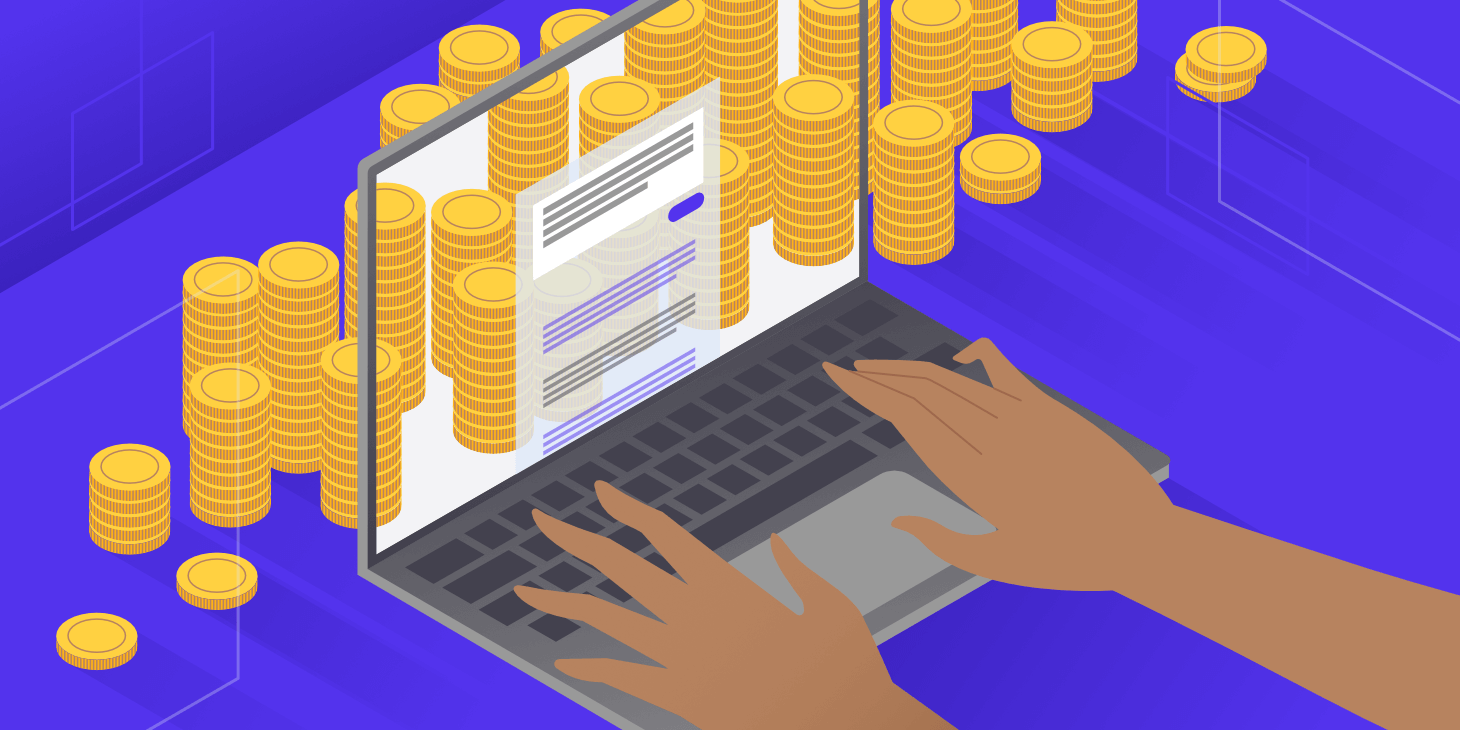Early exposure to coding opens up promising opportunities for children and teenagers in the future. According to the Bureau of Labor Statistics, software developers have a median annual salary of $120,730, and the demand for this profession is expected to grow by 24% per year from 2021 to 2026, surpassing the national average for other occupations.
Unfortunately, even schools that offer coding classes may not fully equip students for their career paths. They often lack the necessary languages and comprehensive tools, unlike supplemental programs that provide a more robust coding education. While schools commonly use Scratch, Code.org, and Tynker, these platforms may not offer the depth and breadth needed for a child’s coding journey.
Scratch is a valuable and free resource for children to learn coding concepts without diving into real programming languages. Code.org offers exercises that introduce visual block languages similar to Scratch and even some basic text coding in later modules. Tynker follows a visual block approach initially and gradually introduces text-based coding in later modules.
These coding for kids programs are popular in schools as they can be facilitated by teachers with limited or no engineering backgrounds and are enjoyable for children in the beginning. However, many children soon desire more advanced content. To engage in “real” coding, students need to transition to text-based languages where they can create their own games, apps, and web pages. It is essential for the programs to provide independence on the platforms.
Teachers and Parents must be patient and tactful in order to help a child learn to code and giving them a platform that is familiar and fun, such as Minecraft coding for kids, can be a big help. The key rule is to select an age-appropriate coding language and provide resources aligned with the child’s interests. Here are seven effective ways for kids to learn coding:
1 – Encourage your child to first master coding languages that are suitable for their age before progressing to more complex ones. With proper motivation and parental support, children can achieve remarkable things at a young age. It is crucial to select a coding language that is appropriate for your child’s age group. While there are many programming languages available for children, both block-based and text-based, it is important to carefully consider the specific framework that suits your child’s age group before embarking on their coding journey. Some programming languages utilize simple commands to help children aged 8 to 16 grasp the fundamentals of coding.
2 – Help your child understand the personal benefits of coding. At this stage, children are not likely concerned about their future prospects, jobs, or status, and they may not fully comprehend the advantages of learning to code. However, treating kids like adults when they start coding can be beneficial. This means giving them the freedom to experiment, play around with their algorithms, add or remove elements, and observe the results. Although this may not seem immediately useful, children gather valuable information through this process. It’s important to provide them with plenty of independent, hands-on experience with source code and avoid taking over or solving minor issues for them. When children come up with their own creative solutions, they tend to retain more information. The best way to teach coding is through trial and error, guiding them through the steps and approaches while supporting their learning.
3 – Make learning coding feel like playing games rather than a burden. Games are an excellent starting point for introducing coding to children. These games are designed to teach coding concepts in a fun and engaging way. Coding games for kids remove the fear of failure, allowing children to learn programming without the fear of making mistakes. They help develop the problem-solving mindset necessary for programming. Above all, since young minds have shorter attention spans, learning to code should never be boring. To establish a solid foundation for future coding skills, children must enjoy the learning process. It is crucial to give them ample time to explore and experiment with code.
4 – Visual cues can accelerate a child’s learning of coding. To keep children engaged, coding should be more than following text-based instructions; it should be something they eagerly want to do! Children feel more drawn in and engaged when they are heard, and their ideas are valued. They love to discuss their interests and feel ecstatic when their decisions are accepted and implemented. Therefore, using a visual-based coding language can make the coding journey enjoyable for kids. It will energize them and enable them to visualize the algorithms they are working with.
5 – Let coding evoke the same enthusiasm as video games in children. Allow children to learn in the way that suits them best. In the early stages, logical games that simulate program behavior can be helpful for learning. This could also include video lessons that explain the concept of programming. As children progress, they can read and comprehend instructions for using real programming languages. Customized learning is always more effective in grasping coding skills. By encouraging their interest in coding, you not only cultivate their passion but also help them understand the practical applications and problem-solving aspects of coding in the real world. This type of learning will feel rewarding and enjoyable to them. With careful selection, coding can be both entertaining and educational for your child.
6 – Allow children to merge their interests with coding. Coding is primarily driven by interests, so it is crucial to let children incorporate their ideas into their coding projects. They may want to create a video game, an interactive story, a program, or a short video sequence, and that’s fantastic! By aligning coding with their interests, learning remains engaging and fun, making it the best approach to follow.
7 – Use simpler command names instead of technical jargon that may be difficult for children to understand at their age. It is advisable to avoid overwhelming children with too much technical language initially, as they may not grasp it. A good starting point is to show them some programs and the results they produce. Encourage them to practice basic coding before diving into explanations of complex concepts. Since children may not initially understand concepts like encapsulation and abstraction, it’s beneficial to let them play with the code first and introduce these concepts gradually.
Finally, coding has gained popularity as a second language for both children and adults. If parents lack experience in teaching programming to their children, it can be challenging for them to do so. Fortunately, numerous resources are available to bridge that gap and provide an excellent learning experience for children with the support of their parents.



